Photographs: Edgard Garrido/Reuters.
Preparing the Union Budget, India's biggest fiscal exercise is a challenging task.
This will be Chidambaram's eighth Union Budget, which would equal the record of Morarji Desai - the finance minister who presented the maximum number of Budgets.
Chidambaram holds the distinction of presenting seven Budgets – two under the United Front government and five under the United Progressive Alliance regime. Both Manmohan Singh and Yashwant Sinha have presented five Budgets each.
Know more about the men who played a key role in reforming the economy of independent India.
The men who shaped India's economy
Image: The Indian Parliament. Insets: R K Shanmukham Chetty (left) and John Mathai (left).R K Shanmukham Chetty
R K Shanmukham Chetty was the first finance minister of Independent India. On November 26, 1947, Chetty presented India's first budget after Independence. Liaquat Ali Khan -- who became the first prime minister of Pakistan -- had presented the budget in 1946-47 of the interim government before the final creation of India and Pakistan as two separate nations.
Chetty was an economist, an experienced administrator and an ace orator. However, his term as finance minister did not last long. In 1949, Chetty resigned due to differences with Prime Minister Jawaharlal Nehru. He was succeeded by John Mathai.
John Mathai
John Mathai was India's first railway minister and later became the finance minister. He took office shortly after the presentation of India's first Budget, in 1948.
He presented two Budgets, but resigned following the 1950 Budget in protest against the idea of setting up the Planning Commission. Mathai graduated in economics from Madras Christian College. He was followed by C Deshmukh as India's finance minister.
...
The men who shaped India's economy
Image: The Reserve Bank of India building in Mumbai. Insets: C D Deshmukh (top) and T T Krishnamchari (bottom).C D Deshmukh
Chintaman Dwarakanath Deshmukh was the first Indian Governor of the Reserve Bank of India from August 11, 1943 to June 30, 1949. He was India's finance minister from 1950-56.
T T Krishnamachari
Popularly known as TTK, Tiruvellore Thattai Krishnamachari was India's finance minister from 1957-1958 and 1964-67. He resigned from the the post of finance minister during the period. Prime Minister Jawaharlal Nehru took over the country's finance portfolio during 1958-59.
In 1964, TTK was again sworn in as finance minister. He, however, resigned again when his term as member of Parliament was over, preferring to quit politics and indulge in intellectual pursuits.
...
The men who shaped India's economy
Photographs: Morarji Desai. Inset: Choudhary Charan Singh.
Morarji Desai
Morarji Desai was the finance minister of India from 1959-64, 1967-70 and for the third time between 1977 and 1979. He also served as prime minister from 1977 to 1979. From 1964-1967, TTK took over the crucial finance minister's position. From 1967-70, it was again Morarji Desai's turn.
During his stint as FM, Morarji raised large revenues and curbed wasteful expenditure. He brought about strict discipline in the ministry.
He is the only Indian to receive the highest civilian awards from both India and Pakistan - the Bharat Ratna and and Nishaam-e-Pakistan.
Indira Gandhi then took over the finance portfolio for a year from 1970-71. Yashwant Rao Chavan was the finance minister from 1971-1975. He was followed by C Subramanian from 1975 to 1977.
Choudhary Charan Singh
Charan Singh joined the league of prime ministers who also held the finance portfolio. He was the finance minister for a year from 1979 to 1980. He served twice as chief minister of Uttar Pradesh. He played a crucial role in implementing the provisions of the Zamindari Abolition and Land Reform Act.
Charan Singh's political career received setbacks as he openly criticised Nehru's Soviet-style economic reforms. Coming from an agricultural background, Singh believed that cooperative farms would not succeed in India. Being a son of a farmer, Charan Singh felt that right of ownership was important to the farmer.
R Venkataraman succeeded him as India's next finance minister.
...
The men who shaped India's economy
Image: Ramaswamy Venkataraman. Inset: Shankarrao ChavanRamaswamy Venkataraman
In 1980, Venkataraman was re-elected to the Lok Sabha and was appointed finance minister in the government headed by Indira Gandhi.
He was later appointed the Union minister of defence, before becoming India's Vice President and then the President. He served as the 8th President of India from 1987 to 1992.
He also held various ministerial positions. After graduating in economics from the Madras Uniersity, he pursued a law degree and joined the Madras high court in 1935 and the Supreme Court in 1951.
In the finance ministry, Venkataraman was succeeded by Pranab Mukherjee who was the finance minister from 1982-85. He was followed by V P Singh who took charge of the finance ministry during 1985-87.
Shankarrao Chavan
Shankarrao Bhaurao Chavan was elected as the chief minister of Maharastra twice from 1975 to 1977 and from March 13, 1986 to June 24, 1988. Chavan was Union finance minister during 1987-1990. Chavan was also the home minister in the Narasimha Rao Cabinet.
He graduated from Madras University and did his LL.B. from Osmania University. Like the current finance minister, P Chidambaram, Chavan too started his career as a lawyer.
With good administrative skills and eagerness to work for social causes, he became a leader of the masses. He was followed by Madhu Dandavate who was the finance minister for a brief period in 1990-91.
...
The men who shaped India's economy
Image: Finance Minister Manmohan Singh goes through his budget speach in his office in New Delhi on the budget eve February 27, 1994.Photographs: Kamal Kishore/Reuters.
Manmohan Singh
India's 14th prime minister, Manmohan Singh is hailed as the architect of the country's economic reforms.
In 1991, the liberalisation process ushered in by the Narasimha Rao government opened India's gates to foreign direct investment. Under Manmohan Singh, the economy flourished, industry growth picked up, inflation was brought under control and growth rates remained high.
He has also served as an economic advisor to the finance ministry in the late 1970s, deputy chairman of the Planning Commission and chairman of the University Grants Commission in 1980s and early 1990s and as the Governor of the Reserve Bank of India from 1982 to 1985.
In the 1996 general elections, the Bharatiya Janata Party emerged as the single-largest party in the Lok Sabha but did not have enough strength to prove a majority on the floor of the Parliament. Under Prime Minister Atal Bihari Vajpayee, the BJP-led coalition lasted in power for 13 days.
The United Front government -- a coalition of 13 parties -- came to power in 1996 as a minority government with the support of the Congress party.
P Chidambaram took over the finance portfolio in the United Front government under the premiership of H D Deve Gowda. This government lasted less than a year, as the Congress withdrew support in March 1997. Inder Kumar Gujral replaced Deve Gowda as the prime minister of the coalition.
In November 1997, the Congress again withdrew support to the government. New elections in February 1998 saw the BJP getting the largest number of seats in Parliament. On March 20, 1998, the BJP-led coalition government was sworn in with Vajpayee again as the prime minister.
...
The men who shaped India's economy
Image: Finance Minister Yashwant Sinha (L) at a meeting with the board of directors of the country's central bank in New Delhi on March 11, 2000.Photographs: Kamal Kishore/Reuters.
Yashwant Sinha
When the BJP came to power in 1998, Yashwant Sinha became the finance minister.
Yaswant Sinha held the post of finance minister from March 1998 to July 2002. He then became foreign minister after he exchanged his portfolio with Jaswant Singh. Sinha is credited for pushing through several major reforms that put the Indian economy on a fast track.
He lowered interest rates, introduced tax deduction for mortgage interest, opened up the telecommunications sector and deregulated the petroleum industry.
...
The men who shaped India's economy
Image: Finance Minister Jaswant Singh holds up the Interim General Budget to be presented to parliament in New Delhi, February 3, 2004.Photographs: Kamal Kishore/Reuters.
Jaswant Singh
Jaswant Singh became the finance minister in the Bharatiya Janata Party government which lasted just a month from May-June 1996. In July 2002, he once again became the finance minister.
He held the post till the General Election of May 2004. He played a key role in pushing ahead market-friendly reforms.
Jaswant Singh was an officer in the Indian Army in the 1960s. He is one of the few Indian politicians to have held the potfolios of defence, finance and external affairs.
When the BJP failed to garner the required majority in Parliament in 2004, the Congress-led coalition came to power at the Centre and P Chidambaram became the country's finance minister.
...
The men who shaped India's economy
Image: Pranab Mukherjee smiles as he leaves his office to present the 2009/10 interim budget in New Delhi.Photographs: Vijay Mathur/Reuters.
President Pranab Mukherjee, Congress party's top troubleshooter was Union Finance Minister from 2009 to 2012.
In a political career spanning six decades, Mukherjee was a senior leader of the Indian National Congress and occupied several ministerial portfolios in the Government of India.
Mukherjee's service in a number of ministerial capacities culminated in his first stint as Finance Minister in 1982��. Mukherjee was also Leader of the House in the Rajya Sabha from 1980 to 1985.
...
The men who shaped India's economy
Image: Finance Minister Palaniappan Chidambaram.Photographs: B Mathur/Reuters.
P Chidambaram
Palaniappan Chidambaram has the distinction of presenting seven Budgets. His seventh Budget was on February 29, 2008.
His first stint as the finance minister was from 1996 to 1998. Chidambaran is acclaimed to have carried forward the economic reforms started in 1991 by Manmohan Singh.
He is known for his 'dream Budget' in 1996-97, in which he curbed government expenditure and launched an ambitious tax reforms programme to address a huge fiscal deficit.
He served as Finance Minister of India from May 2004 to November 2008. However, in November 2008, Chidambaram was made the Home Affairs Minister.
After a three and a half year stint as Home Minister, Chidambaram was reappointed Union Minister of Finance last year after Finance Minister Pranab Mukherjee became the President of India.

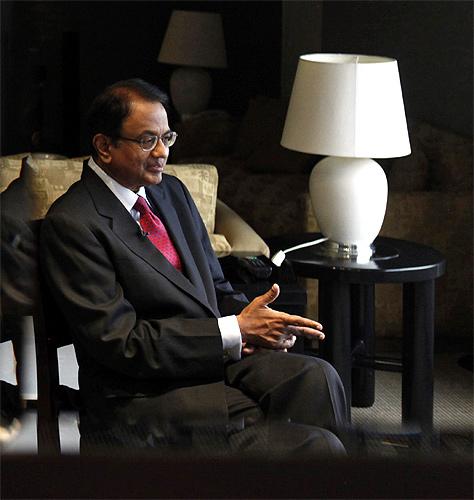




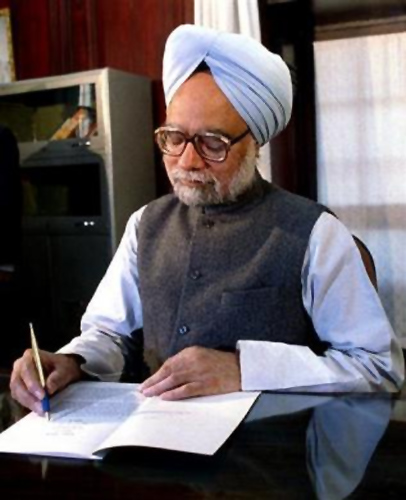

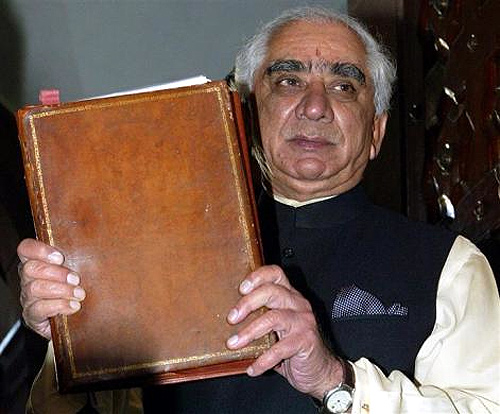
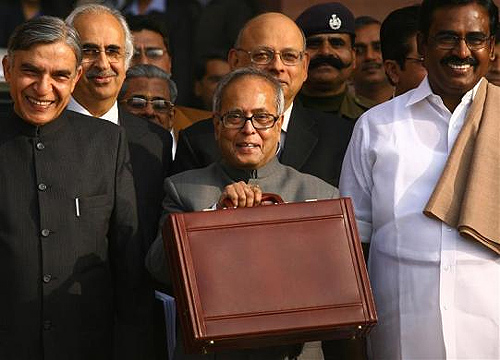
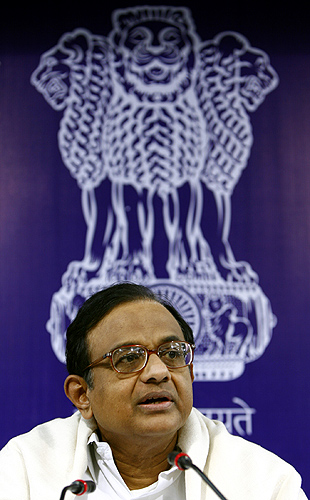
article